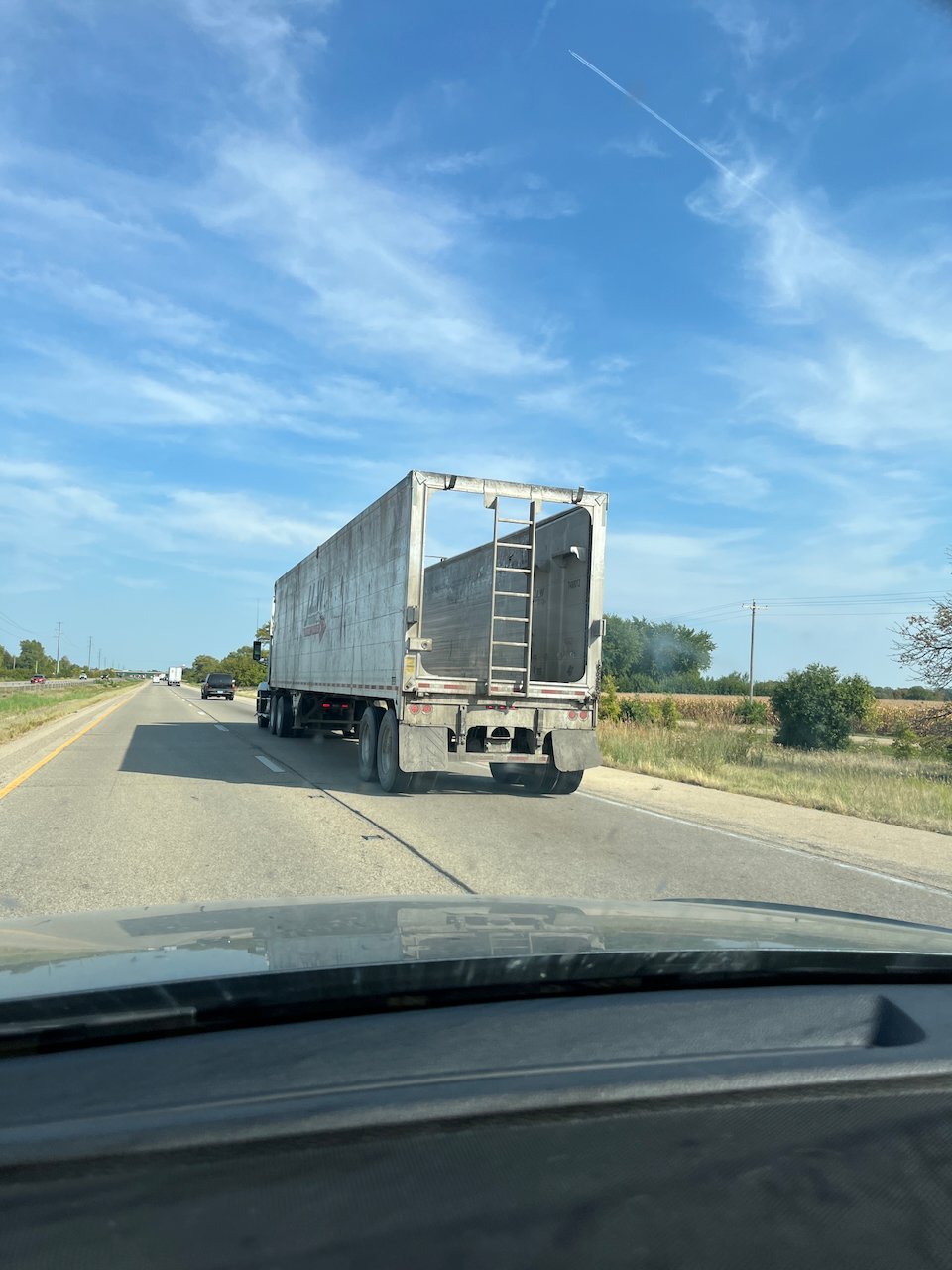Nuances of Creating Work with Photographers
When it comes to working with photographers, there’s definitely some nuance involved. Of course, photographers come in all varieties, but for this example, I’m speaking to medium sized project/team—maybe 5 to 6 people, including models, creative directors, photographers, stylists, and assistants.
As I’ve spent time reflecting on what drives my inspiration and how creative directors can work with me most effectively, I’ve come up with a few key points that could be helpful for your future projects.
1 Don’t box people in
Creative directors often feel pressured to present specific ideas to photographers, even if they don’t have a strong opinion on those ideas. They may provide concepts just to offer input, but this can actually make things harder. By focusing on a particular reference image or concept, you might unintentionally box in the photographer, even when the details aren’t important to you. If you’re going to provide inspiration, make sure it’s something you feel strongly about, so it makes sense to narrow the creative direction around it.
“Pictures are worth a thousand words and sometimes we just need a few.”
Frequently I will receive mood boards like this one. While they may seem straightforward, they are typically over-communicating information to the photographer. Pictures are worth a thousand words and sometimes we just need a few.
2 SHare the “why” behind your inspiration
It’s important to share inspiration—images, colors, objects—but also explain why they resonate with you. When a photographer looks at an inspiration image, we consider countless elements: the posing, the lighting, the time of day, the setting, etc. If you want all of those elements recreated, make that clear. Keep in mind, many inspiration images happen through a combination of planning and serendipity, like the perfect light reflecting off a building at just the right moment. Instead of expecting an exact replica, focus on inspiring execution of creative ideas.
3 Photographers don’t know how to execute everything
As a photographer, I’m constantly learning. If there’s a particular color scheme or lighting technique I’m unfamiliar with, I might need help figuring it out. There’s always a learning curve, and it’s okay to collaborate or bring in expertise when needed to achieve a specific concept.
This was my first athlete shoot at night and while I understood the concepts, I didn't quite realize how difficult it would be to capture movement when you have such limited light.
The stills turned out great but I would use a larger light source in the future with a faster refresh to get more frames during movement shots.
4 Leverage the photographer’s recent creative inspiration
Photographers are always observing their surroundings, especially when they tend to work within a specific geographic area. Instead of starting a project from scratch, collaborate with your photographer on what they’ve recently noticed or been inspired by in their environment. This can help build something unique and more achievable, based on the resources available around them.
I saw this truck while driving and thought this would be a cool concept to use. A big reflective metal studio essentially to give a sort of gritty, industrial look. This is something I keep in my back pocket for open concepts and clients who let us roam.
I saw this type of chip seal while driving and realized it would be really cool for some neutral color athlete running concepts. This in my inspo folder, waiting to be used.
5 Use a photographer’s previous work that aligns with your vision
A great way to ensure success is to use the photographer’s past work on the inspo board. They’ll know exactly how those images were accomplished and can more easily replicate or build upon them. Combining images you like with what the photographer has already done can create a smoother path to bringing your vision to life.
6 Encourage collaboration among photographers
Photographers are always trying to improve, and I know I’m constantly learning. Encourage open communication among photographers on your team. Share insights—what’s working, which poses or models are best, where to find locations. Instead of making it a competition, build a team effort around achieving a common goal and producing excellent imagery.
7 Share cool photography tools & resources
Photographers love hearing about new gear or techniques. If you come across a new lens or lighting setup, share it with your photographer. Even something like a podcast or blog post could be a great resource. For example, if you hear about a new Sony 300mm 2.8 lens that could make a concept more cost-effective, that’s something worth mentioning! Little things like this can inspire a photographer’s work.
8 trust but verify
You can see a pretty good sampling of a photographer’s work before you hire them so there should be some established trust there already. Trust the person you’ve chosen and let them do what they do best. While it’s important to give them direction and brand guidelines, allowing them some creative freedom can lead to amazing results. The caveat I would add to this is they should give you visibility into their workflow so you can see some of their build. e.g. access to a mood board. Either way, by stepping back a bit, you free up your own time and give the photographer the space they need to deliver something unique.




